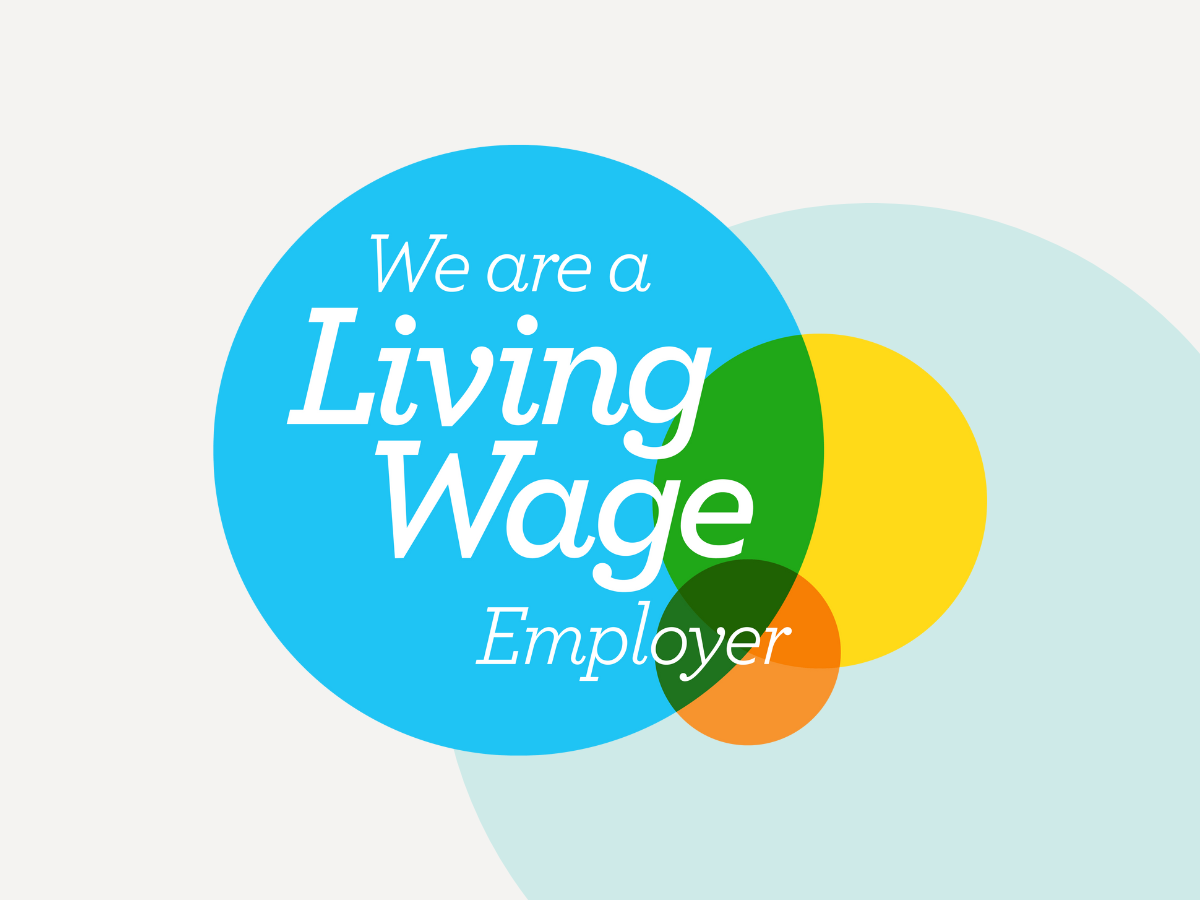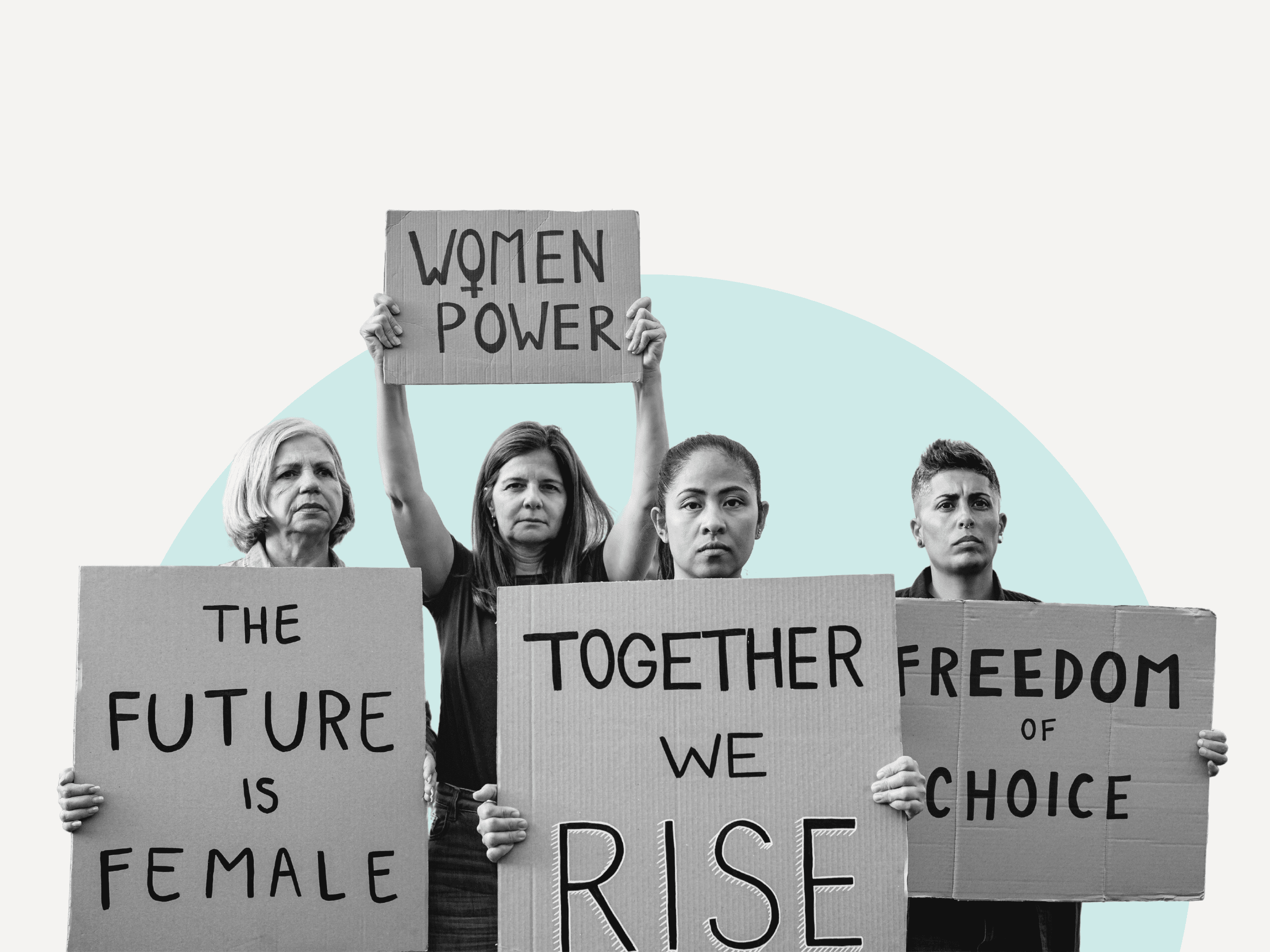/lu:talika/
Nailing Your Brand Identity
Nailing Your Brand Identity
Article
Lily Hannigan
A quick guide to creating impactful branding.
Why Branding Matters
If you think that branding is just the coating on your business, we’re here to change your mind.
Branding is the key to connecting with your audience and staying in their heads. With so many competing demands on attention, it’s never been more important to create an identity that’s unique, clear and consistent.
When you’ve mastered this, you’re on track to building trust and familiarity with those you want to reach. So that when the time is right, it’s your service, product or content they’ll be seeking out. If they don’t know who you are, why would they seek you out?
Branding = knowing yo’self.
You can’t expect someone to identify with you if you don’t understand yourself. That’s why the first step in building your brand identity is discovering what you stand for, what makes you different and what you’re offering the world.
Exciting, right?
Self-discovery is a rewarding process, whether it’s for yourself, your organisation or your business. We’ve helped a host of wonderful people create a visual identity that truly reflects them, including sexual health app LVNDR, Texan theatre group Amphibian Stage and Mosaic LGBT+ Young Person’s Trust.
So, without further ado – here are a few tips to help you nail your brand identity…

Here’s a concept from our branding work with LVNDR.
Our Top Tips
1. Hire a professional – AKA us!
Urmm … now you know how important branding is to success, don’t you think it’s worth getting some expert advice?
(Hint … We’ll help you do it. Studio Lutalica offers thorough and attentive re-branding services – and our clients tend to enjoy the process as well as the results! Check out our Services or email us to find out what we can do for you.)
2. Dig deep and find yourself
For a rebrand to have a strong and lasting impact, it needs to truly convey who you are, what you do, and what makes you different. You can’t start branding until you’ve answered these (pretty fundamental) questions.
Again, we’d like to advise you to seek professional help here. We like to think of ourselves as a little like therapists for your business. Conversations with friends and colleagues can only take you so far when you’re working out your personal identity; the same goes for your business, organisation, or professional identity.
If you do want to start with some DIY reflection though, grab yourself a cup of tea, find a comfy seat and start reflecting on your core purpose. You might find the following questions useful in your journey of discovery: What are you hoping to offer the world? Why do you care? Why should other people care? Who are these people?

The visual identity we developed for Mosaic LGBT+ Young Persons Trust.
3. Then dig a little deeper and get a little looser
Once you’ve got a good handle on the questions in step two, you’re ready to begin to condense these complex, semantic ideas down to their bare essentials.
When a piece of typography; a logo; a slogan; a colour palette really work, they’re capturing and communicating a multiplicity of ideas in a tiny fragment. That’s why it’s so important to distil the findings you’ve generated in your discovery work, before you start generating those resonant metonyms.
4. Get some inspiration
Make it visual. Make it auditory. Make it tasty.
^^ what we mean by this is: look for inspiration from a variety of sources! Social media, other brand’s websites and online publications are all great (especially if your presence is primarily digital) but don’t stop here. It’s useful to look at other people’s branding, but it probably won’t help you come up with something original.
Instead, go on a walk around your city or local area with fresh eyes – travel by routes you wouldn’t normally take and see what you notice. If you’re looking for an image to represent your tech business, it might be found on a beach or at the cinema, rather than via a google search.
5. Experiment => Create => Evaluate => Repeat
Now you’re ready to create something new.
How you work with what you’ve discovered will depend on how you create: you may already have some new ideas to try out and go straight to your laptop or notepad. Other people can draw a blank when they confront the blank page. If that’s you, why not start with some of the words you found in your discovery session, or by pulling in some of the materials you found for inspiration.
If you want to find out how we can help you make an impact, drop us a message today – we’d love to hear from you!


